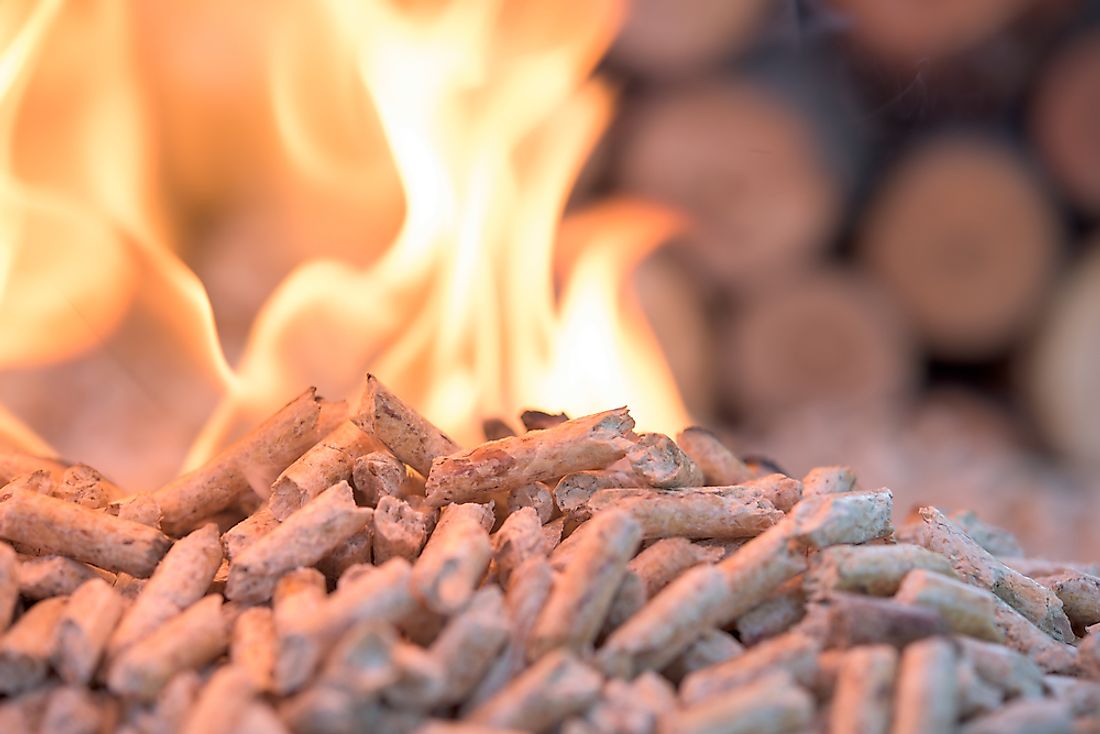which country uses the most biomass energy
What is Biomass?

Biomass refers to organic matter derived from plants and animals, which can be used as a renewable energy source. It includes materials like wood, crops, agricultural residues, and organic waste. Biomass can be converted into heat, electricity, and biofuels through various processes like combustion, gasification, and anaerobic digestion.
- Biomass is a valuable source of renewable energy that can help reduce greenhouse gas emissions and dependence on fossil fuels.
- It can be used in residential, commercial, and industrial sectors for heating, electricity generation, and transportation.
- Utilizing biomass energy can support sustainable agricultural practices by promoting the use of crop residues and organic waste.
- Bioenergy systems, such as biogas plants, can also help in waste management and reduce landfill emissions.
- The use of biomass can contribute to rural development by providing new income sources for farmers and creating job opportunities in the biomass supply chain.
Which Countries Burn the Most Biomass?

The top 10 countries that burn the most biomass for energy production are:
- United States
- Germany
- United Kingdom
- Sweden
- Denmark
- Finland
- Poland
- Italy
- France
- Spain
These countries have invested in biomass energy technologies and infrastructure, leading to significant biomass consumption for electricity and heat generation.
- Factors contributing to the high use of biomass in these countries include favorable government policies, availability of biomass resources, and a commitment to renewable energy targets.
- Each country's biomass utilization strategy may vary, with some focusing on wood pellets, agricultural residues, or dedicated energy crops for biomass feedstock.
- The use of biomass in these countries helps diversify their energy mix, reduce carbon emissions, and enhance energy security.
Most Asked Questions About Biomass:
1. What are the advantages of using biomass as an energy source?
Biomass offers several benefits as an energy source:
- Renewable and sustainable fuel source
- Reduces greenhouse gas emissions
- Decreases reliance on fossil fuels
- Promotes waste management and agricultural practices
- Contributes to rural development and job creation
2. How is biomass converted into energy?
Biomass can be converted into energy through various processes:
- Combustion: Burning biomass directly to produce heat or electricity
- Gasification: Converting biomass into a mixture of combustible gases
- Anaerobic Digestion: Breaking down biomass with microorganisms in the absence of oxygen to produce biogas
3. What types of biomass are commonly used for energy production?
Common biomass sources used for energy production include:
- Wood and wood residues
- Agricultural crops and residues
- Energy crops (e.g., switchgrass, miscanthus)
- Organic waste (e.g., food waste, animal manure)
- Algae
4. How does biomass contribute to reducing greenhouse gas emissions?
Biomass can contribute to reducing greenhouse gas emissions through:
- Carbon neutrality: Biomass releases carbon dioxide during combustion, but this is offset by the carbon absorbed during the biomass growth cycle.
- Replacement of fossil fuels: Biomass energy replaces fossil fuel consumption, which significantly reduces carbon emissions.
5. What role does biomass play in waste management?
Biomass can play a significant role in waste management by:
- Utilizing organic waste as a feedstock for energy production
- Reducing landfill emissions by diverting organic waste to biomass facilities
- Generating biogas from anaerobic digestion of organic waste, which can be used for electricity and heat generation
6. How does biomass support sustainable agricultural practices?
Biomass supports sustainable agricultural practices by:
- Promoting the use of crop residues as a biomass feedstock
- Encouraging the cultivation of dedicated energy crops on marginal lands
- Reducing the need for chemical fertilizers by utilizing organic waste as a nutrient source
7. What are the challenges of using biomass as an energy source?
Challenges associated with biomass energy include:
- Availability and accessibility of biomass resources
- Technological and logistical constraints in biomass supply chain
- Competition with land use for food production
- Potential air pollutant emissions from incomplete combustion
8. How can biomass contribute to rural development?
Biomass can contribute to rural development by:
- Providing additional income sources for farmers through biomass production and supply
- Creating job opportunities in biomass processing, transportation, and energy generation
- Promoting local economic growth in rural communities
9. What are some examples of biomass energy applications?
Biomass energy can be used in various applications:
- Residential heating and cooking
- Industrial process heat
- Electricity generation through biomass power plants
- Biofuels for transportation
10. How do government policies influence biomass utilization?
Government policies play a crucial role in biomass utilization by:
- Providing financial incentives, grants, and subsidies for biomass projects
- Setting renewable energy targets and feed-in tariffs
- Supporting research and development in biomass technologies
11. What are the future prospects for biomass energy?
The future prospects for biomass energy include:
- Advancements in biomass conversion technologies
- Innovations in biomass feedstock production and processing
- Increased integration of biomass with other renewable energy sources
- Development of sustainable biomass supply chains
12. How can individuals contribute to biomass utilization?
Individuals can contribute to biomass utilization by:
- Using biomass-based products like wood pellets or biofuels
- Supporting local biomass energy projects and businesses
- Reducing energy consumption and promoting energy efficiency
- Properly managing organic waste to maximize its potential as biomass feedstock